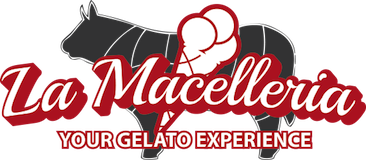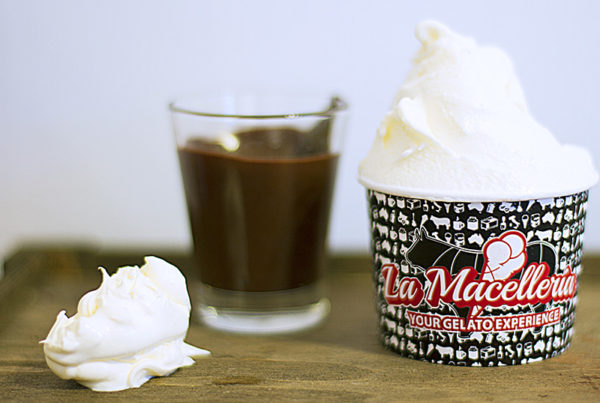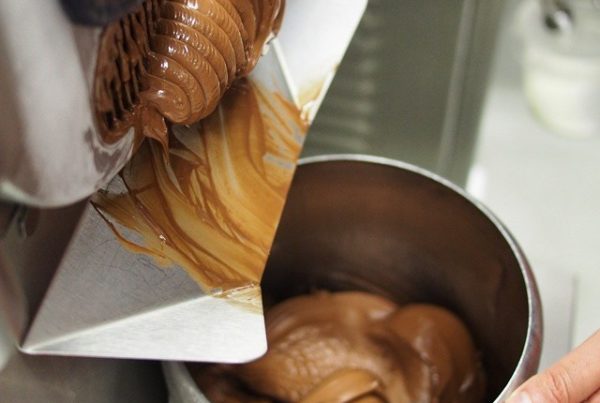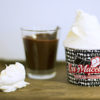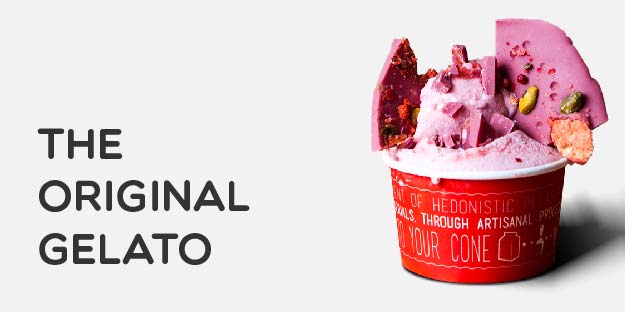I will always repeat that: Ice Cream is not Gelato and Gelato is not Ice Cream. They simply are two different categories among the ‘Frozen Desserts’.
I consider Gelato an Artisan product made from fresh ingredients on a daily basis and that respects certain parameters in terms of Milk Fat (3-10%), Other Milk solids (6-11%), Sugars (16-22%) and Overrun (20-40%).
You can find a brief history of Gelato here: http://zinigelato.com/a-brief-history-of-gelato/
Ice cream differs in all these categories: Milk Fat (16-20%), Other Milk solids (7-8%), Sugars (13-16%) and Overrun (90-100%). But also in the production process. I will explain that in a different post with all the differences between Gelato and Ice Cream.
Here we talk about the Evolution of Ice Cream.
Today Ice cream is an industrial product that has been redefined by the industry. But how was originally?
Ice cream was a dish that manages to heighten the already remarkable qualities of cream. Plain frozen cream is hard as rock. Sugars make it softer and lowers its freezing point because the dissolved molecules get in the way as the water molecules settle into ordered crystals. So sweetened cream freezes below the freezing point of pure water and what made Ice cream possible was a sparkling of chemical ingenuity. If salts are added to the ice, salts dissolve in the slush, lower its freezing point, and allow it to get cold enough to freeze the sugared cream.
This effect of salts on freezing was known already in the 13th century in the Arab world and that knowledge made its way to Italy eventually, where ices made from fruit were described in the early 17th century.
The English term ‘Ice Cream’ first appears in a 1672 document from the court of Charles II, and the first recipes for frozen waters and creams appear in France and Naples in the 1680s and 1690s.
By the time of American Revolution, the French had discovered that frequent stirring of the freezing mix gave a finer, less crystalline texture. They also developed a super rich version with egg yolks (to be precise 20 egg yolks per pint of cream) that was called ‘glace au beurre’ or Ice Butter, and ice creams flavored with nuts and spices, caramel, chocolate, coffee, etc.
America transformed this dessert into a food for masses when in 1843, Nancy Johnson from Philadelphia patented a freezer consisting of a large bucket for brine and a sealed cylinder containing the ice cream mix and mixing blade. This machine was modified and implemented by William G. Young of Baltimore and the ‘Johnson-Young’ freezer allowed larger quantities of ice cream to be made.

We have one of those in store
In the 1850s a milk dealer named Jacob Fussell decide to use his season surplus of cream to make ice cream and was able to charge half the price in the shops, and enjoyed a great success as the first large-scale manufacturer.
Once ice cream became an industrial product, manufacturers could freeze their product faster and colder than handmade version and also could produce very fine ice crystals.
Smoothness of texture became the hallmark of industrial ice cream, and that’s when manufacturers accentuated it replacing traditional ingredients with gelatin and concentrated milk solids (powders).
After World War II, they dosed ice cream with greater amount of stabilizers to preserve its smothness in home freezers. Price competition led to the increasing use of additives, powdered milk from surplus production, artificial flavors and colourants. So an ice cream hierarchy developed: at the top is traditional but relatively expansive ice cream, at the bottom a lower quality but more stable and affordable version.
Nowadays ice cream industry worth about 54 billion U.S. dollars and the bigger consumers are United States, New Zeland and Australia.
For example we don’t have data for Gelato consumption because is still a very small market (in United States there’s less than 1000 Gelati shops!).
*Sources and information from the book “On food and cooking”, Harold McGee 2004.
